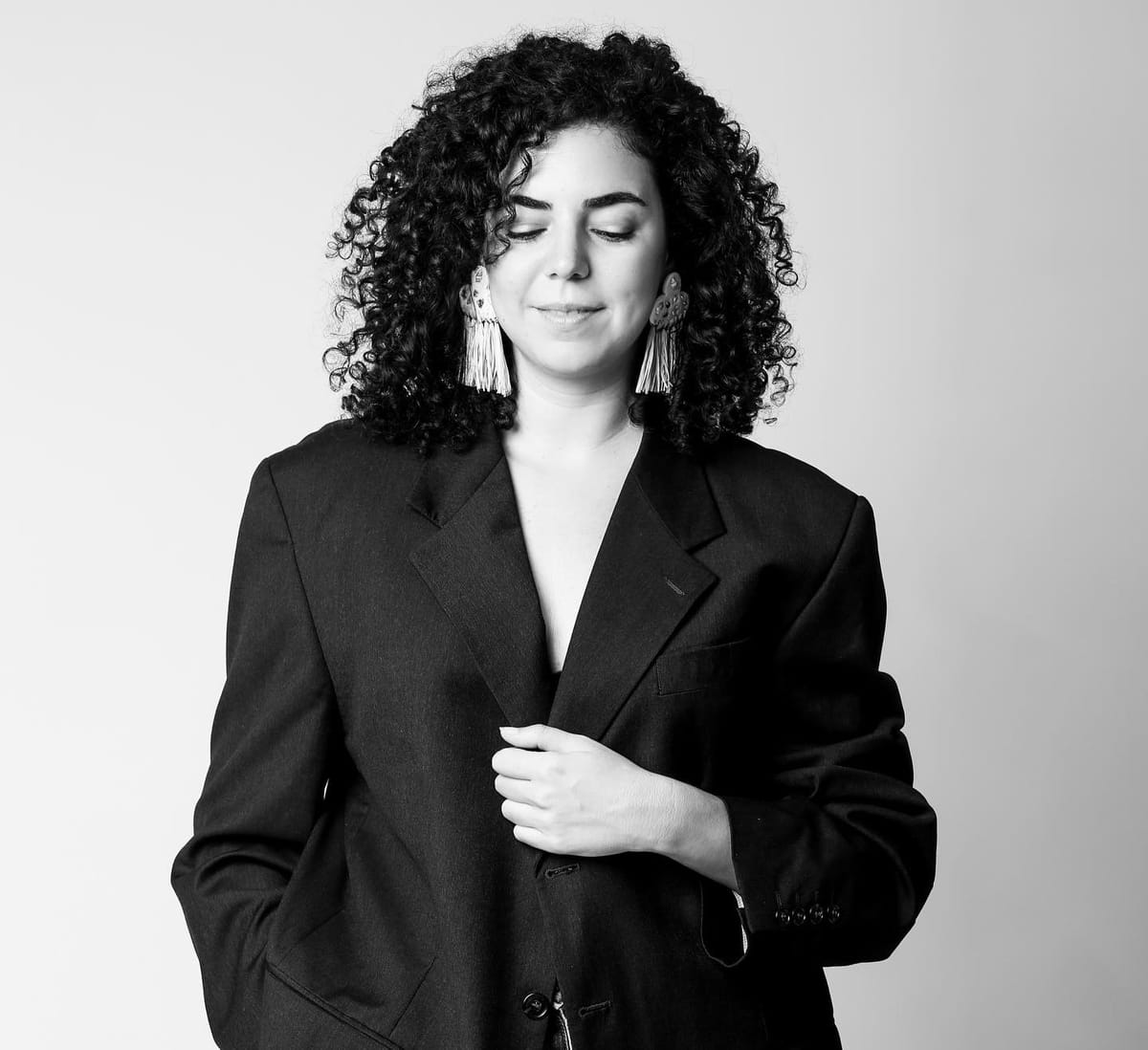How KENZA KLAY honours Moroccan craftsmanship with jewellery and art

Kenza Alaoui was born in Casablanca but spent many years travelling across countries like Spain, Canada, Australia, and Sweden, chasing a future she believed existed in the West. During the pandemic, she returned to her childhood room in Morocco, where everything stopped. In that stillness, she reconnected with the creative little girl who loved to shape the world with her hands. That's when her brand KENZA KLAY was born. In this interview, she shares her thoughts on Moroccan craftsmanship, the intersection of art and crafts, and why slow, intuitive creation matters more than ever.
Scroll down to read the full Q&A.
What does Moroccan craftsmanship mean to you personally?
It’s a deep-rooted, living heritage, a quiet strength passed down through generations. Moroccan craftsmanship is about patience, detail, and honoring the materials. But for me, it’s also personal: it means embracing my identity as a Moroccan woman while reshaping how our traditions are seen globally. I don’t replicate traditional forms, I respond to them, reinterpret them. It’s the essence of slow creation, of letting your hands speak before your mind does. That’s something I carry into every piece.
How do you merge traditional craft with the idea of wearable art?
By letting intuition lead and refusing to separate function from feeling. I don’t design with a product-first mindset. Each piece begins like a sculpture: with colour mixing, form exploration, and storytelling at the core. I hand-sculpt every flower, every curve, directly on my palm, allowing the imperfections and textures to speak. The result is jewellery that feels alive, something you can wear, but also something you can feel. For me, wearable art is about honouring craft not just as skill, but as soul.
What does your creative process look like?
It’s hands-on, immersive, and deeply intuitive. I rarely start with a rigid sketch. Instead, I begin by blending colours: just primary blocks of clay, like a painter with pigments. I shape and sculpt directly with my hands and tools, often using the palm of my hand to form petals and textures, leaving behind natural hand lines as part of the final piece. There’s a lot of trial and error, I keep a full basket of “failures” that are actually lessons. Once a design feels right, I bake it, refine it, and bring it to life through careful detailing and finishing. It’s not a fast process, but it’s honest.
How do you see the role of craftsmanship in today’s world?
Craftsmanship is more relevant than ever. In a time of hyper-speed and mass production, craft brings us back to slowness, intentionality, and connection. It teaches us to value the human behind the object, to trace the story in the seams and textures. For me, it’s also a quiet form of resistance: choosing to make things by hand, in small batches, with care and emotion. Craft is how we remember who we are.
In what ways do you see the legacy of colonialism shaping how Moroccan craftsmanship is perceived or practiced today, and how does that influence your own work?
Colonialism has long exoticized Moroccan craft: flattening it into a decorative “other” rather than recognizing it as innovation, skill, and artistry. It’s often consumed through a Western gaze, valued for its aesthetic but not its meaning or makers. That legacy still lingers. Through KENZA KLAY, I aim to reclaim that narrative—not by replicating tradition, but by evolving it on my own terms. I create from a place of pride, not nostalgia. My work is Moroccan because I am, not because it follows a prescribed visual language. That’s a quiet rebellion in itself.
Where do you see the line, or the overlap, between craftsmanship and art in your own practice?
For me, there is no hard line. Craft is how art breathes, how it takes form and becomes tangible. And art is what gives craft its soul. In my practice, they overlap constantly. The act of sculpting each piece by hand, the hours spent experimenting, the storytelling in every petal, all of that lives in the space between the two. I don’t see them as separate disciplines, but as a single language I use to say something true.
Kenza Alaoui’s practice is more than jewelry-making, it’s an urgent intervention in how we perceive value, tradition, and authorship. For too long, Moroccan craftsmanship, like so many non-Western artisanal traditions, has been viewed through a colonial and Eurocentric lens: admired for its decorative appeal, yet excluded from the realm of so-called “high” art. Labelled as craft, it has often been seen as lesser: domestic, folkloric, anonymous. Kenza challenges this hierarchy not by imitating Western forms, but by carving space for a new narrative. One where Moroccan heritage is not only quietly preserved, but alive, reinterpreted, and deeply intellectual. Her work asks us to reconsider the boundaries between art and craft, and to see the artistry in what has long been dismissed. In doing so, she invites a revaluation. Not just of Moroccan making, but of the very frameworks through which we define art itself.
